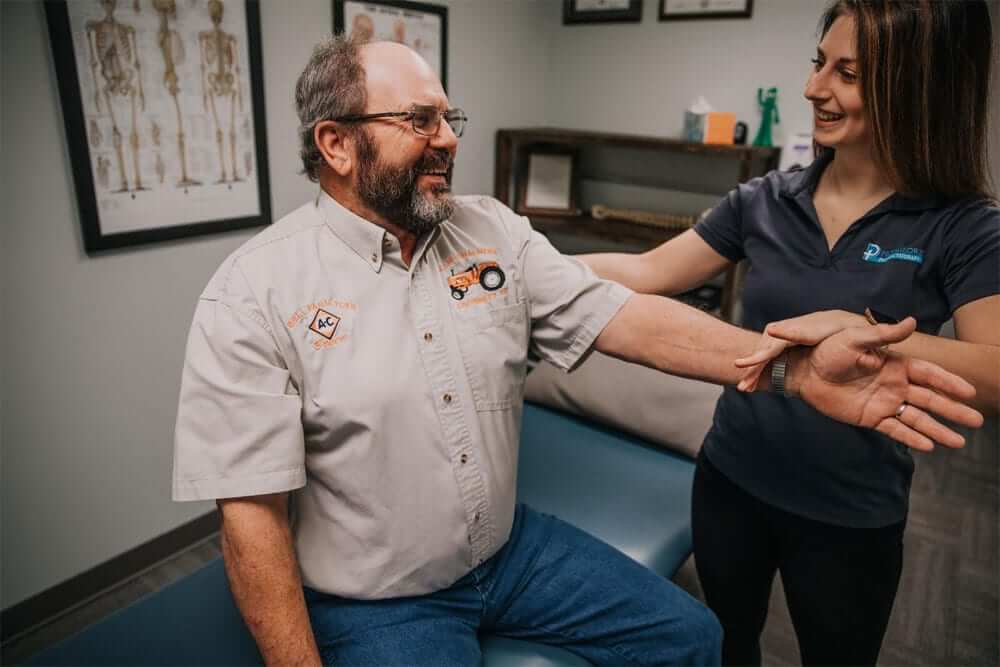One-on-one Care


Dr. Jonathan Evans
PT, DPT, CMTPT, VRC, PDNC
Chief Executive Officer, Orthopedic & Vestibular Physical Therapist
Have you seen a physical therapy clinic advertise one-on-one care only to find out the therapist treating you was also treating someone else during your appointment time or that you only spent a portion of your treatment with the therapist before being passed on to an assistant or technician? While technically you were with the therapist or assistant one-on-one, even if for a brief time, is this really what one-on-one care should look like? Why do many private clinics and hospital networks utilize multiple therapists and assistants to complete a patient’s care plan? The most obvious is that it is “cost effective” for the network.
Assistants are reimbursed at a lower level than a therapist so despite billing your insurance the exact same amount for the service, the hospital network or clinic pays them less to deliver those services. Second, it allows for the clinic volume or caseload to increase. Clinics that are in the habit of utilizing assistants or technicians also tend to schedule multiple patients at one time. It is not uncommon that a therapist is treating several patients at the same time while also over-seeing the plan of care for two additional patients the assistant is working with. That is four or more patients at once. Although perfectly acceptable by most insurance companies, as you might expect, the quality of care decreases the more patients a provider is seeing at one time. Here is a list of some of the things we have heard from our patients who have had physical therapy at a facility where more than one provider was utilized:
At every appointment, I had to restate how I was feeling to each therapist treating me. All I did in therapy was the same exercises I was given for home. I had to wait for the therapist to instruct me on what to do next. They put me on a machine and walked away. Research has shown that clinics that do NOT use assistants, aides, and/or technicians during treatment are more likely to be ranked highly effective, are more likely to provide superior care, and have a lower number of visits per case (creating less overall cost for patients).
